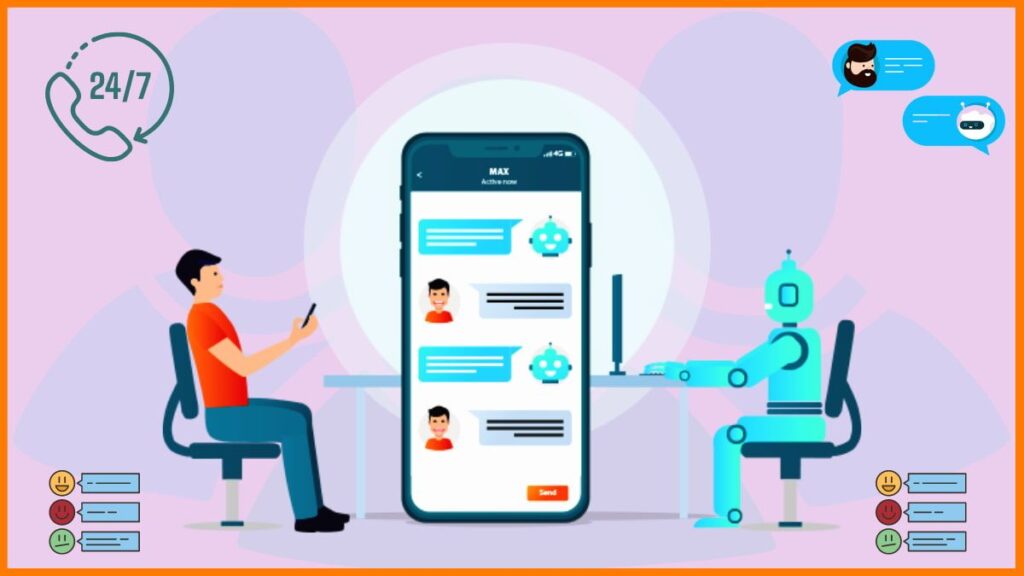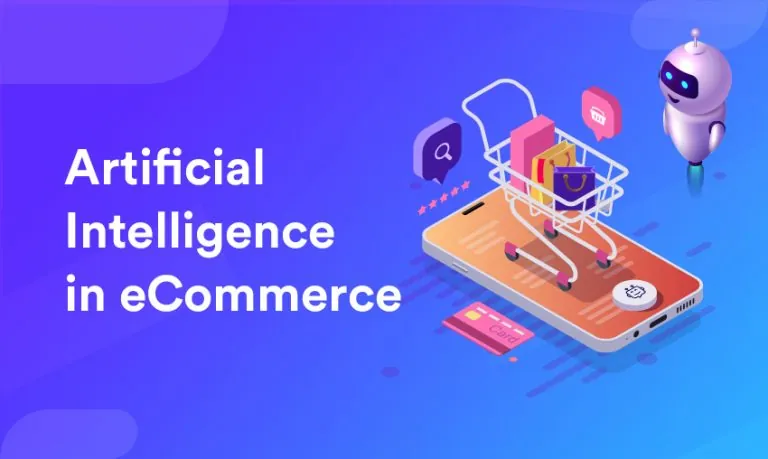In today’s fast-paced digital world, automating customer service with AI tools and case studies isn’t just a trend—it’s a game-changer. With rising customer expectations and the need for 24/7 support, businesses are turning to artificial intelligence to streamline service operations, reduce costs, and improve user experiences. From chatbots to predictive analytics, AI is transforming how companies interact with their customers—efficiently and intelligently.
Introduction to AI in Customer Service
Artificial Intelligence (AI) in customer service refers to the use of technologies like machine learning, natural language processing (NLP), and automation tools to perform tasks typically handled by human agents. The idea isn’t to replace humans entirely but to enhance their capabilities, allowing businesses to handle queries faster and more efficiently.
Over the years, AI has evolved from simple keyword-based automation to advanced conversational systems capable of understanding human emotions, interpreting complex questions, and even predicting user behavior.
Benefits of AI-Powered Customer Service
Speed and Availability
AI tools enable 24/7 customer support, ensuring customers get help anytime, anywhere. This always-on model reduces wait times and keeps customer satisfaction high.
Cost Efficiency
Automated systems reduce the need for large customer support teams. A single AI-powered chatbot can handle thousands of queries simultaneously, cutting down staffing costs significantly.
Personalization at Scale
AI collects and analyzes customer data to offer tailored responses and recommendations, creating a more personalized experience without added labor.
Common AI Tools Used in Customer Service
1. Chatbots
These are AI-powered tools that simulate conversations with users. They can answer FAQs, process orders, schedule appointments, and more.
2. Virtual Assistants
Like Siri or Alexa, these tools help customers complete tasks using voice or text commands integrated into apps and websites.
3. Predictive Analytics
These tools analyze customer behavior and predict future actions—like when a customer might churn or need assistance—allowing businesses to respond proactively.
4. NLP Engines
Natural Language Processing allows AI to understand human language, including slang and sentiment, enhancing the quality of responses.
Chatbots and Their Role in Automation
AI chatbots come in two types: rule-based (scripted) and AI-powered. The latter uses NLP and machine learning to engage in more human-like conversations. They are effective in:
- Resolving simple queries instantly
- Handling high volumes of traffic
- Redirecting complex issues to human agents
To make the most of chatbots, businesses must ensure they’re trained on real conversations, updated regularly, and have a clear hand-off to humans when needed.
Natural Language Processing (NLP) in Customer Support
NLP enables machines to interpret human language naturally and contextually. This allows AI tools to do more than match keywords—they understand the intent and tone of the user.
Key Applications:
- Sentiment Analysis: Understand how a customer feels during interaction
- Real-Time Responses: Instantly adapt replies based on emotion or urgency
- Language Detection: Serve customers globally by supporting multiple languages
Machine Learning for Predictive Support
Machine Learning (ML) models process vast amounts of customer data to identify patterns and trends. This helps support teams to:
- Predict and pre-empt issues
- Automatically route tickets to the right departments
- Offer personalized solutions before a customer even asks
This level of intelligence not only reduces churn but also increases customer loyalty.
AI in Omnichannel Customer Service
AI ensures consistent experiences across platforms—be it email, live chat, phone, or social media.
Key Features:
- Unified customer view
- Seamless transitions between channels
- Real-time analytics and reporting
By leveraging AI across channels, companies deliver cohesive and continuous customer journeys.
Case Study 1: IBM Watson in Banking Support
IBM Watson is widely used in banking customer service for automated responses and intelligent ticket routing.
Use Case:
- Deployed by Bank of America
- Handled 1.5 million customer queries per day
Outcome:
- Reduced operational costs by 25%
- Enhanced customer satisfaction by 30%
Case Study 2: Sephora’s AI Chatbot Strategy
Sephora’s chatbot “Sephora Virtual Artist” revolutionized the beauty industry by enabling users to try on makeup virtually.
Features:
- Product recommendations based on skin type
- Integration with voice search
- Visual AI to detect facial features
Impact:
- Increased sales by 11%
- Reduced product returns
Case Study 3: H&M’s Virtual Assistant for Shopping
H&M uses a virtual assistant to help customers browse collections, check stock, and get size suggestions.
Highlights:
- AI-based outfit recommendations
- Style quizzes for personalization
- Real-time inventory updates
Results:
- 3x improvement in customer retention
- Enhanced shopping experience
Challenges of AI in Customer Service
Despite the advantages, there are challenges to consider:
- Data Privacy: AI tools must comply with regulations like GDPR
- Complex Queries: Not all issues can be solved by bots
- Training and Maintenance: Requires ongoing updates to remain effective
Balancing automation with human empathy is key.
Best Practices for Implementing AI Tools
- Start Small: Begin with FAQ automation
- Train AI with Real Data: Use historical chat logs
- Monitor and Optimize: Continuously improve based on feedback
- Human-AI Collaboration: Keep humans in the loop for complex cases
Future Trends in AI Customer Support
- Voice AI: Integration with smart speakers
- Hyper-Personalization: More context-aware conversations
- Proactive Engagement: AI reaching out to users before they ask for help
These trends promise even more intuitive and efficient service models.
Measuring ROI of Customer Service Automation
| Metric | Why It Matters |
|---|---|
| First Response Time | Indicator of efficiency |
| Customer Satisfaction (CSAT) | Measures service quality |
| Resolution Rate | Tracks how well AI solves problems |
| Cost per Ticket | Shows savings compared to human agents |
Ethical Considerations in AI Use
- Avoid Bias: Ensure training data is diverse
- Ensure Transparency: Let customers know they’re talking to AI
- Follow Regulations: GDPR, CCPA, and other data laws
Businesses must uphold ethical standards while embracing AI.
Conclusion: The Road Ahead with AI in Support
Automating customer service with AI tools and case studies shows just how transformative this technology can be. From reducing costs to enhancing customer satisfaction, AI offers businesses of all sizes a chance to thrive in a competitive market. The key is to start small, focus on real customer needs, and continually improve the system based on feedback.
As we look to the future, AI will continue to play a crucial role in shaping smarter, faster, and more personalized customer experiences.
Conclusion
Automating customer service with AI tools and case studies shows just how transformative this technology can be. From reducing costs to enhancing customer satisfaction, AI offers businesses of all sizes a chance to thrive in a competitive market. The key is to start small, focus on real customer needs, and continually improve the system based on feedback.
As we look to the future, AI will continue to play a crucial role in shaping smarter, faster, and more personalized customer experiences.


